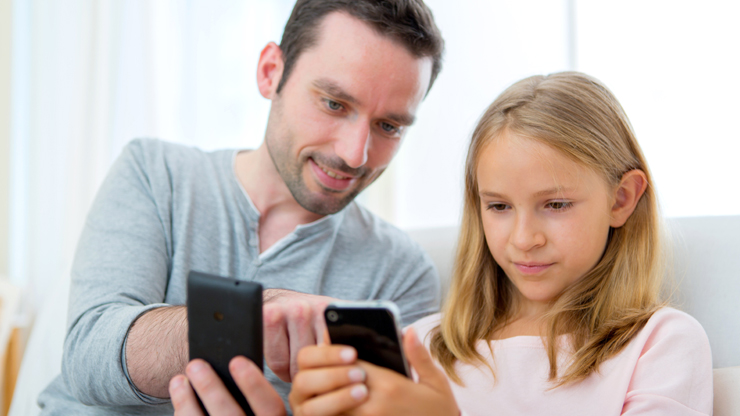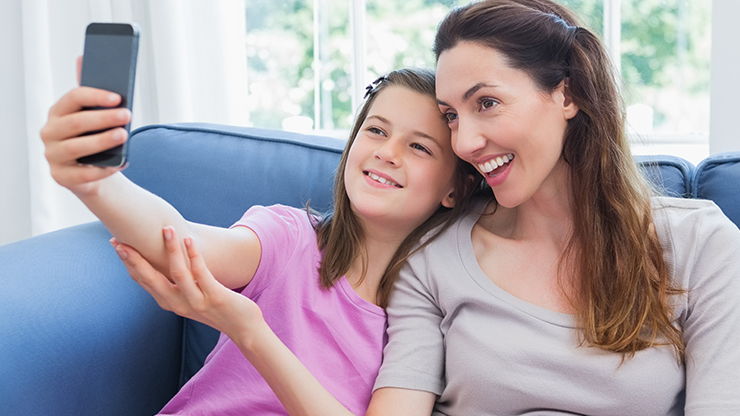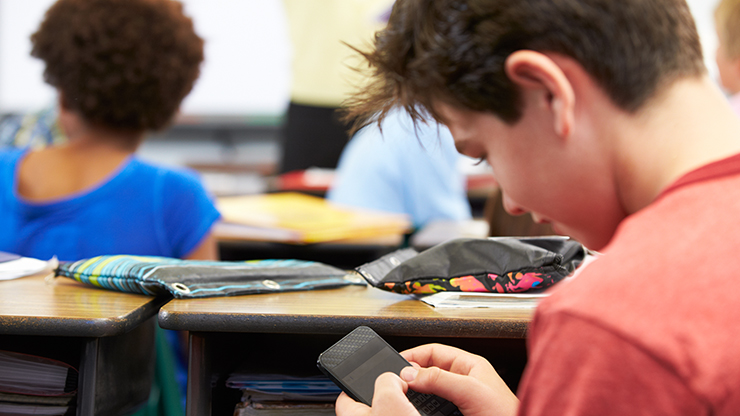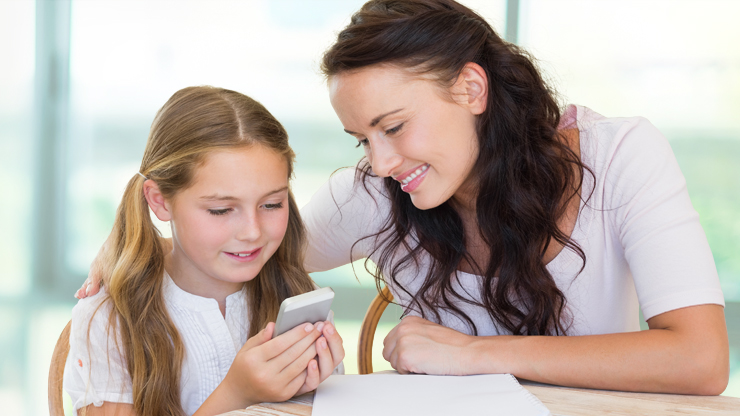Nearly half of all 6- to 13-year-olds – more precisely: 47 percent of this age group – already own a cellular or smartphone, according to a the 2014 KIM Study. Overall, already every fourth child has a smartphone (source: KidsVerbraucherAnalyse 2014). And there is at least one in practically every single household (98 percent). That explains why the proportion of children and youths who use a smartphone are much greater. For 10- to 11-year-olds its 57 percent, as reported by Bitkom in their study “Kinder und Jugend 3.0,” while 85 percent of 12- to 13-year-olds use smartphones.
Early media usage with smartphones raises special issues for both parents and educators, because these devices do much more than their predecessors. They offer Internet access and open various channels for communication, come with photo and video cameras, are both storage devices and sources of data, serve as players for music, and can run countless applications (apps) and games. That’s why there are very diverse aspects that are important, like media literacy, IT security and privacy protection, dealing with advertising, usage times, youth protection, and privacy rights, appropriate content, to name a few...

Parents, especially, find themselves in a dilemma. They want to be able to reach their child, for one thing, and they want the children to be able to call them, too. Conversely, many parents are skeptical about smartphone use: they feel insecure because of the potential risks. Also, it is more difficult to control their children’s usage and media consumption since children are usually quite independent with their media use and often have Internet access. Thus, many families have trouble setting appropriate rules and abiding by them.
Even educational professionals feel they face special challenges with children or adolescents now bringing their mobiles or smartphones to school. In the classroom, these devices can quickly become disturbing elements. Thus, schools need strategies to deal with phenomena like cyberbullying or inappropriate media consumption. However, those same devices open huge potential for digital offerings for lessons – where, nevertheless, issues of privacy protection and IT security are crucial and require us to develop didactic approaches.
Children and young people take complete advantage of the full range of application possibilities of their smartphones or mobiles. Messenger apps, which offer free texting via Internet, are used more and more to communicate.
It’s important that parents and pedagogical personnel attend to early media use with care and competence in order to help children and adolescents to master their cellular or smartphone and recognize possible dangers or risks.
 More and more children are receiving their first mobile phones around the time they start elementary school. Meanwhile, today’s cell phones, esp. smartphones, have more and more features and are no longer for just making phone calls.
Rules and tips for parents
More and more children are receiving their first mobile phones around the time they start elementary school. Meanwhile, today’s cell phones, esp. smartphones, have more and more features and are no longer for just making phone calls.
Rules and tips for parents
 That first very own cell phone inevitably finds its way into the classroom. The challenge for educators then is to position themselves to address this form of early media use in a competent way.
Rules and tips for educators
That first very own cell phone inevitably finds its way into the classroom. The challenge for educators then is to position themselves to address this form of early media use in a competent way.
Rules and tips for educators
Mobile Guide

SCROLLER

